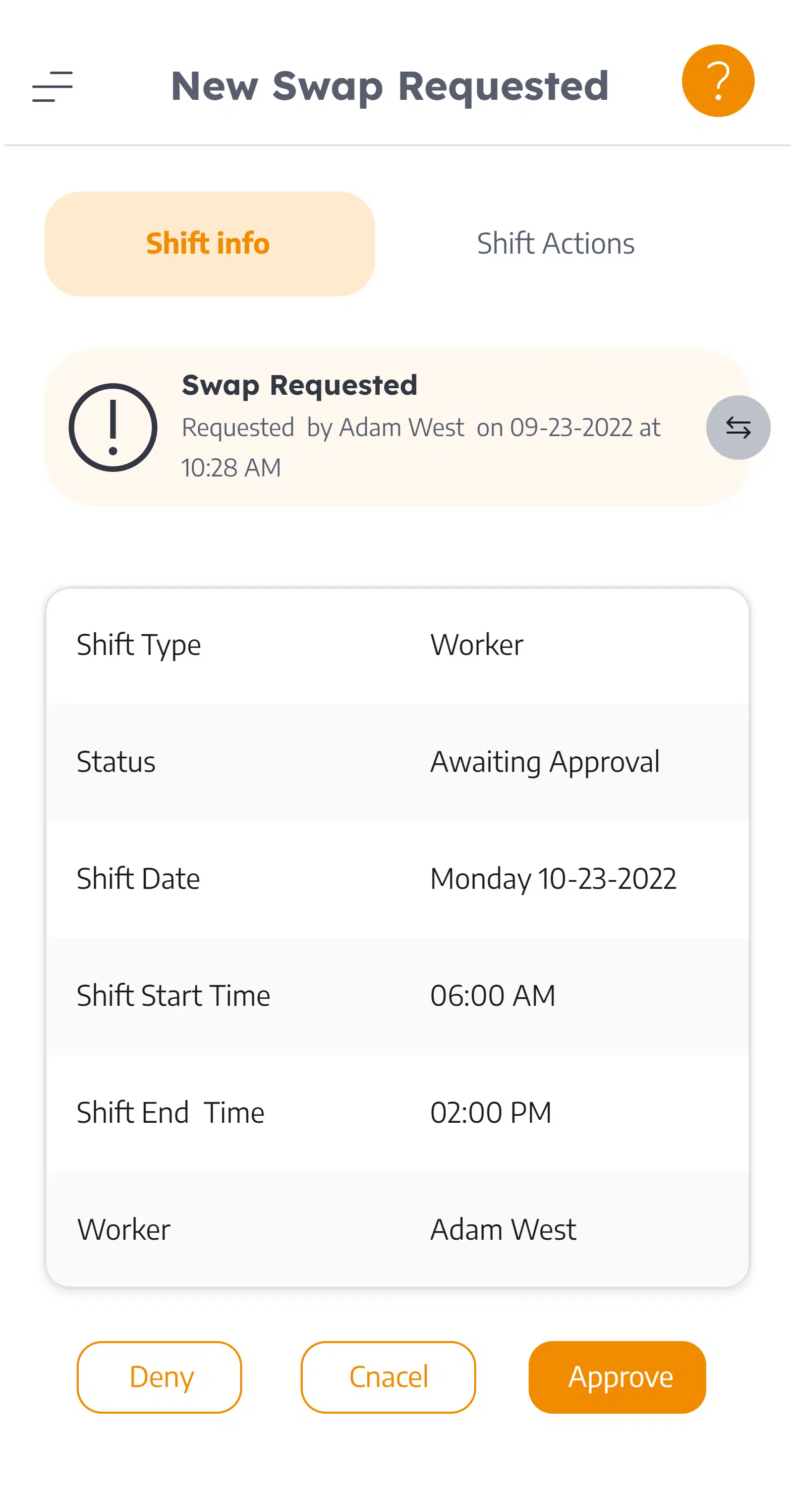The article by Paige McGlauflin, “December’s jobs data marked an optimistic end to 2024, but HR leaders still face uncertainty ahead,” offers a detailed analysis of human resources challenges amidst promising job market statistics. Elaborating on her article, ShiftSwap provides resources to increase employee retention in times of uncertainty.
Current Market Dynamics
In December, 256,000 jobs were added, surpassing economists’ expectations by 65.16%. The employment surge was coupled with a slight decrease in the unemployment rate, from 4.2% in November to 4.1% in December, highlighting a positive trend in the labor market as the year concluded.
Potential Changes With New Administration
Despite these encouraging figures, the article stresses the ongoing uncertainties HR leaders must contend with. Potential changes, such as increased tariffs, could significantly impact inflation by raising the cost of imported goods and materials. This could lead to higher prices for consumers and increased operational costs for companies, potentially affecting wage growth and hiring capabilities.
Additionally, increased tariffs might compel companies to adopt nearshoring strategies, which involves relocating business operations closer to home to sidestep global trade challenges. Nearshoring can help companies mitigate the risks associated with global trade disruptions and stricter immigration regulations. Such adjustments could influence the availability of workers, particularly in industries heavily reliant on international talent and resources.
Nearshoring can increase demand for warehouse spaces, as companies need local storage and distribution facilities to support their operations. This shift can stimulate the commercial real estate market and create new job opportunities in the logistics and warehousing fields, potentially leading to a more localized workforce. However, it requires a workforce with the necessary skills to manage these new operations, prompting companies to invest in training and development programs.
Importance of Employee Retention
With the tight job market, companies should prioritize retaining their current workforce. Organizations that develop strategies to keep their employees engaged and committed will be better prepared to manage future uncertainties. Retaining top talent is essential for sustaining business stability, especially when skilled workers are scarce.
Companies are encouraged to develop a supportive and engaging workplace culture to achieve this. Offering competitive benefits and providing opportunities for career advancement are efficient strategies to enhance employee satisfaction and loyalty. Recruiting leaders should anticipate skill needs and plan for the impact of new technology and automation for the next two to three quarters. By focusing on these areas, organizations can decrease the risks associated with job market fluctuations and position themselves for success.
Leveraging ShiftSwap For Better Retention
One innovative approach to improving employee retention is utilizing ShiftSwap, a web-based platform that harnesses technology to provide a real-time, transparent, and secure environment for managing shift changes. It ensures that all parties remain informed and that shift coverage, partial or full, stays consistent.
Shift flexibility can improve work-life balance, a necessary factor in employee satisfaction. For example, Kenco, a logistics company, implemented ShiftSwap and saw a 27% reduction in its annualized turnover rate. Companies can improve retention rates and maintain a stable workforce by offering employees more control over their schedules.
While December’s job data paints an optimistic picture, HR leaders must remain proactive in addressing the challenges that lie ahead. Companies can enhance employee retention and create a resilient workforce by embracing strategies like ShiftSwap and creating a better work environment. Implementing these strategies can empower organizations to confidently navigate future uncertainties, ensuring lasting business success in a constantly changing economic landscape.
Request a demo today to discuss how ShiftSwap can make your operation more resilient!


